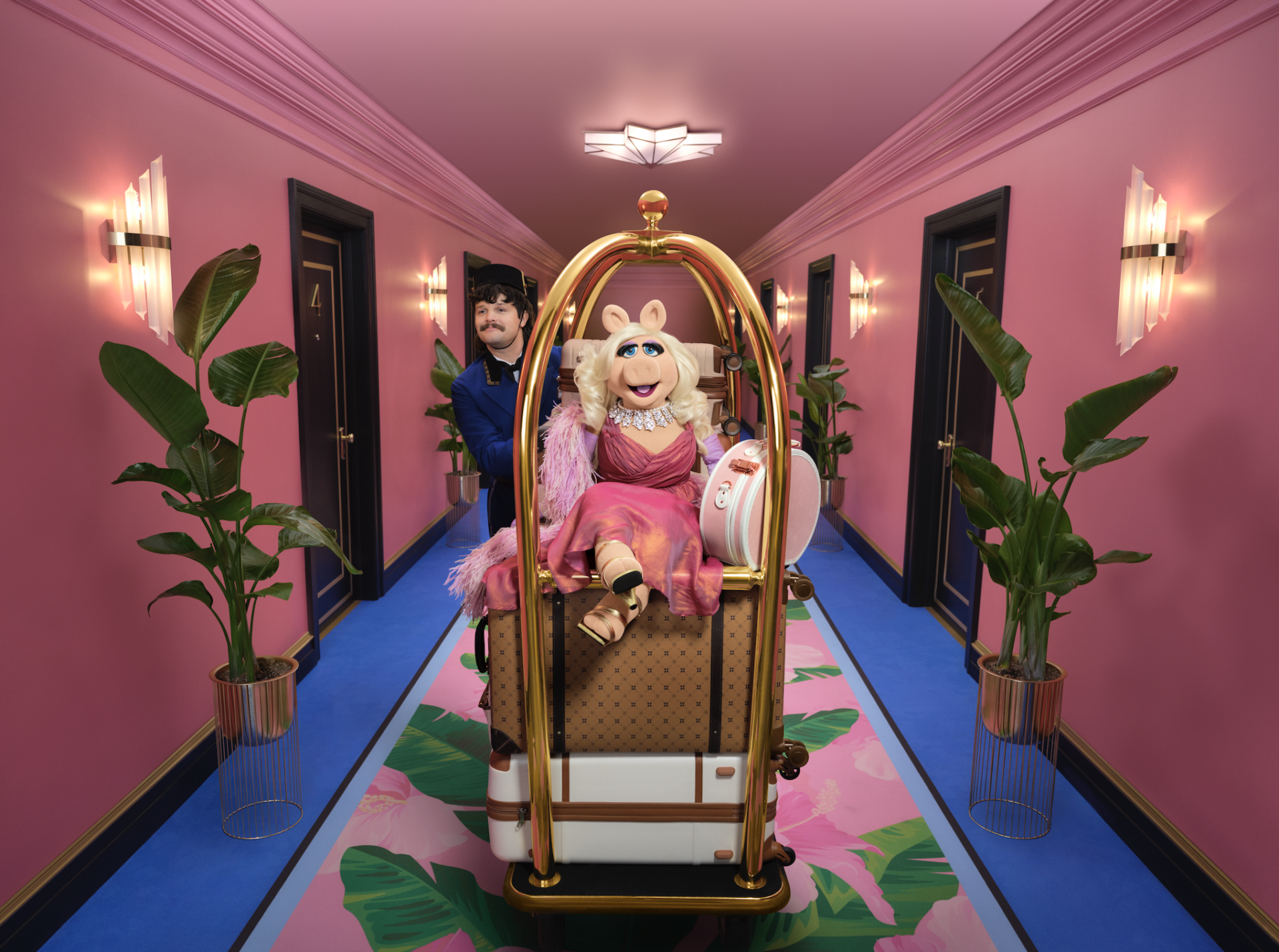The Super Bowl: a multi-million gamble for 30 seconds of borrowed attention. It’s the ultimate marketing showdown, where brands go head-to-head in the fight for cultural relevance.
And then?
The lights dim. The stadium empties. The internet moves on.
For a brief, shining moment, your brand was in the conversation. But the real question is: will it still be there tomorrow?
The allure of instant fame
The Super Bowl is advertising’s biggest stage. It’s where brands bet big, hoping to land that viral moment. The one that gets everyone talking. The one that cements them in the zeitgeist.
But there’s a problem—most Super Bowl ads aren’t built to last.
We know that brands that execute with creative and cultural consistency are more likely to succeed. Just read anything that Mark Ritson and the fine people at System1 have to say on the matter.
But, too often, what we see on Super Bowl Sunday are creative and cultural departures from the hard yards that brands have gained in cementing their purpose and promise to their consumers. The lean continues to be towards new everything. New faces, new messages, new cultural territories, new tag lines. New, new, new. And while they might be entertaining in the moment, we’d argue that at best they don’t do much to make people feel a certain way about a brand and at worst, undo months and years of meaning that have been developed.
The truth is, winning the Super Bowl ad race is one thing—building on the wins leading up to Super Bowl Sunday and continuing to win the months that follow is another.
The case for cultural endurance
It is our belief that a great Super Bowl campaign isn’t just about making noise for one night. It’s about ensuring that when the hype fades, your message doesn’t.
Brands that thrive don’t just chase relevance. They build it. They weave themselves into culture in a way that feels natural, consistent, and long-term. A philosophy that Smarts calls “Cultural Endurance.”
Instead of looking at the Super Bowl as a one-time event, the smartest brands see it as a launchpad. The start of something bigger, not just an expensive stunt.
The real game isn’t who wins the night. It’s who’s still in the conversation months later.
The pitfalls of trend-chasing
A quick way to get attention? Jump on a trending topic. A quick way to lose momentum? Jump on one that is fleeting or worse, puts the brand at the heart of a heated cultural debate, in which it doesn’t have the credentials to be a part of.
Every year, brands scramble to align with the moment—whether it makes sense for them or not. They attach themselves to trends that feel hot but have no real connection to their DNA.
It’s the difference between a brand making a statement and a brand just making noise.
This year, we saw it again. The usual mix of cultural references, nostalgia grabs, and brands piggybacking on viral moments. Some did it well. Many didn’t.
The brands that stood out? The ones that knew who they were before the Super Bowl and still knew after.
Brands that got it right
Jeep & Harrison Ford
While Jeep’s 2025 Super Bowl ad did go the route of a very in-the-moment celeb feature with Harrison Ford, it focused primarily on what is true to the Jeep brand. Harrison Ford was merely the narrator. Unlike a few other ads where the talent was the main event and the brand secondary, it managed to reinforce everything Jeep has always been about; rugged adventure, exploration, freedom, and timeless appeal.
Almost 20% of viewers leave behind the Super Bowl ads not being able to recall what the brand ad was for (Adweek). We would argue that Jeep would not have fallen into this category because they told a compelling culturally relevant story with their brand at the heart of it and used celebrity fire power to reinforce that message as opposed to creating an entertaining, funny, dramatic, celeb-led short film, that only loosely tied back to the brand.
Booking.com and The Muppets
For the third year in a row, Booking.com’s Super Bowl ad was the most-watched, and while, as their agency, we’re obviously close to it, there’s something to be said for the approach.
The objective is to create a consistency of message that can tap into the real-life and real-time situations that travelers find themselves in, which gives Booking.com the ability to utilize multiple year-on-year talent without changing the overall consumer takeaway. Melissa McCarthy, Tina Fey, and now The Muppets have all reinforced the same idea: Travel is for everyone and Booking.com helps every kind of traveler find their perfect stay.
As with year’s past, the Super Bowl becomes the launchpad for a year-long campaign, with content repurposed across digital and social channels. Rather than a standalone stunt, the aim was to create a recognizable, repeatable framework that works long after the Super Bowl has passed.

Nike’s play for legacy
Acknowledging Nike’s recent missteps and business challenges, they seemed to have found themselves once again. Their Super Bowl spot didn’t just celebrate the moment, it built on decades of storytelling. By spotlighting female athletes, it wasn’t jumping on a movement; it was continuing one.
Nike has earned the right to tell these stories because it’s been telling them for years. This was no stunt. It was a strategy.
And that’s the difference.
Key considerations for marketers
So, before pouring millions into a Super Bowl campaign, ask yourself:
• Does this align with our brand’s identity? If it doesn’t fit with who you are the other 364 days of the year, why do it?
• What happens after the ad? Is this the start of something, or is it over the moment the game ends?
• Are we engaging meaningfully or just being loud? Noise fades. Substance endures.
Cultural endurance isn’t about being everywhere. It’s about being (consistently) where it matters, when it matters, and doing it in a way that is true to your brand.
The best brands don’t just show up for the big game. They build on what has already made them famous to stay relevant in the conversation. They manage to entertain on a big stage but don’t just create flashbulb moments. Because if your marketing flames out when the hype of the night dies down, was it ever really working?
